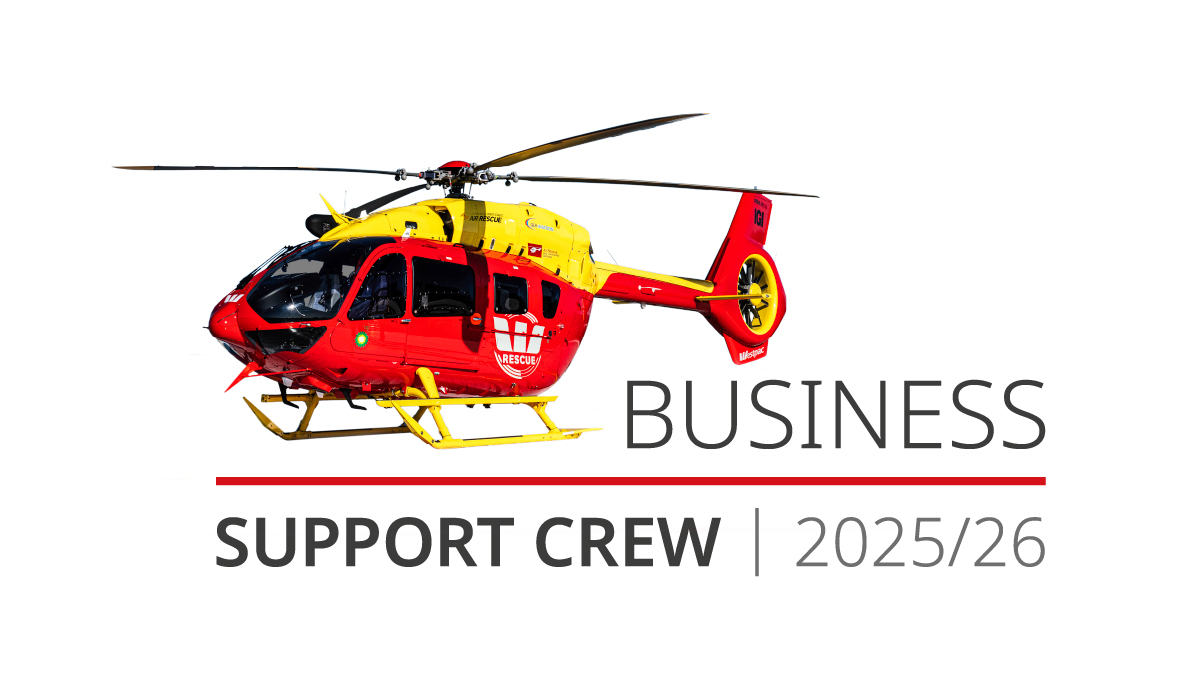The cobot palletisers have transformed manufacturing in recent years by delivering an efficient and adaptable solution for repetitious palletising tasks. These collaborative robots, or “cobots,” work alongside human operators, increase productivity while reducing workplace injuries associated with manual labour. But what exactly are cobot palletisers, and what benefits and challenges do they bring? In this article let us learn both pros and cons of having one.
What is a Cobot Palletiser?
A cobot palletiser is a type of collaborative robot designed to automate the process of stacking items—such as boxes, bags, or other packaged goods—onto pallets in warehouses and production facilities. Unlike conventional robotic systems that often require dedicated safety enclosures and complex programming, cobot palletisers are engineered to operate safely in close proximity to humans.
With integrated safety features, they can function at industrial palletising speeds while maintaining a safe working environment. This makes them an ideal solution for businesses with limited space that need to boost operational efficiency.
Cobot palletisers typically use vacuum or paddle grippers to pick products from a conveyor belt or other feeding systems and place them onto pallets in a pre-determined stacking pattern. Designed for ease of use, these robots often feature intuitive interfaces, allowing operators to adjust settings without specialised training. Their plug-and-play functionality also simplifies integration into existing workflows, reducing setup time and minimising the need for extensive programming knowledge.
Advantages of Cobot Palletisers
1. Increased Productivity
Cobot palletisers can operate continuously without breaks, maintaining a steady workflow without the fatigue or downtime associated with human labour. This ability to work around the clock significantly improves production rates, shortens cycle times, and increases overall throughput.
2. Enhanced Safety
Safety is a key advantage of cobot palletisers. Equipped with advanced sensors, these robots detect nearby workers and adjust their speed or stop altogether to prevent collisions. Unlike traditional industrial robots that require protective barriers, cobots can function safely in shared workspaces. When integrated with additional safety measures such as area scanners or guarding, they can operate at full industrial speeds and switch to a slower, safer mode if necessary.
3. Flexibility and Adaptability
Cobot palletisers are highly adaptable and can be reprogrammed to handle different products, packaging formats, and stacking patterns. This makes them particularly valuable in industries with frequently changing production needs. With user-friendly programming interfaces, businesses can quickly modify operations without requiring costly reprogramming or technical expertise.
4. Improved Workplace Ergonomics
By taking over repetitive and physically demanding tasks, cobot palletisers help reduce strain-related injuries among workers. Instead of lifting heavy items or repeatedly bending and twisting, employees can focus on higher-value tasks like quality control, monitoring systems, and process optimisation, leading to a more ergonomic and satisfying work environment.
5. Space Efficiency
Unlike bulky industrial robots that require large safety zones, cobot palletisers have a compact footprint and can be integrated into existing production lines without extensive modifications. This makes them an excellent choice for businesses with limited workspace, allowing them to optimise floor space while benefiting from automation.
Challenges of Cobot Palletisers
1. Speed Limitations in Collaborative Mode
While cobots are designed for safe human interaction, safety regulations require them to operate at reduced speeds in collaborative mode. This can limit their efficiency in high-speed production environments. However, businesses can install additional safety measures, such as physical guarding or area scanners, to enable cobots to operate at higher speeds while complying with safety standards.
2. High Initial Investment
Despite being more cost-effective than traditional robotic systems, cobot palletisers still require a significant upfront investment. Businesses must consider costs related to the cobot itself, integration, safety systems, and any necessary infrastructure modifications. For small and medium-sized enterprises (SMEs), these expenses can be a financial challenge, especially if the return on investment (ROI) is not immediately apparent.
3. Limited Payload and Speed
Cobot palletisers are generally designed for light- to medium-weight applications. While they work efficiently for smaller products, they may struggle with heavier loads or high-throughput environments. Traditional industrial robots, with larger payload capacities, can lift entire layers of products at once, making them a better fit for large-scale operations. Businesses should assess their specific palletising requirements before opting for a cobot solution.
4. Programming and Technical Expertise
Although cobots are designed for ease of use, some systems still require technical expertise for programming and configuration. Choosing a model with intuitive programming software and automatic stack pattern generation can simplify product changeovers and reduce downtime.
5. Integration Challenges
Seamless integration into an existing production line can be complex, particularly if the current infrastructure is not compatible with cobot technology. Cobots must work in sync with conveyor belts, sensors, and other machinery, which may require additional engineering and customisation. Without proper planning, integration challenges can lead to delays and inefficiencies.
6. Dependence on Human Operators
Despite their automation capabilities, cobot palletisers still require human intervention for tasks like material loading and pallet changeovers. If workers are unavailable or slow to respond, this can lead to downtime and inefficiencies in the production process.
Conclusion
Cobot palletisers provides a compelling automation solution, combining space efficiency, cost-effectiveness, and ease of programming. Their ability to enhance productivity, improve workplace safety, and adapt to changing production needs makes them an attractive investment for many industries. However, businesses must weigh their potential limitations—such as payload capacity, speed constraints, and integration complexity—before making a decision.
By carefully evaluating operational requirements and considering long-term benefits, manufacturers can determine whether a cobot palletiser is the right fit for their automation strategy.













